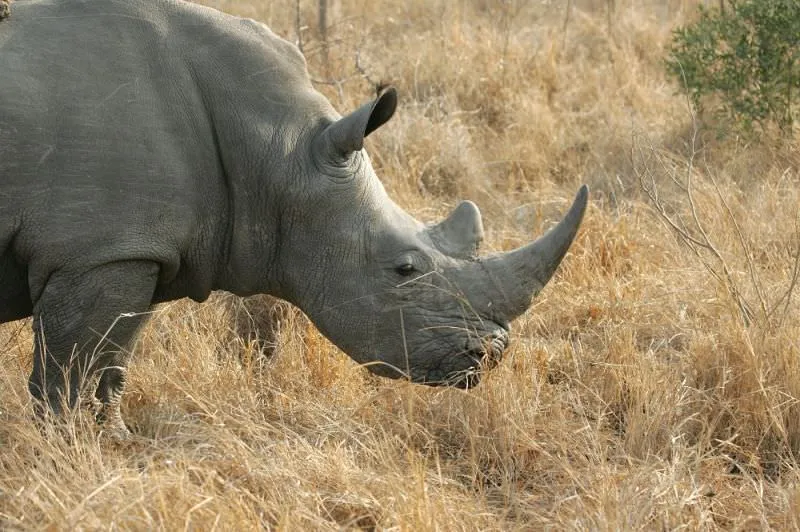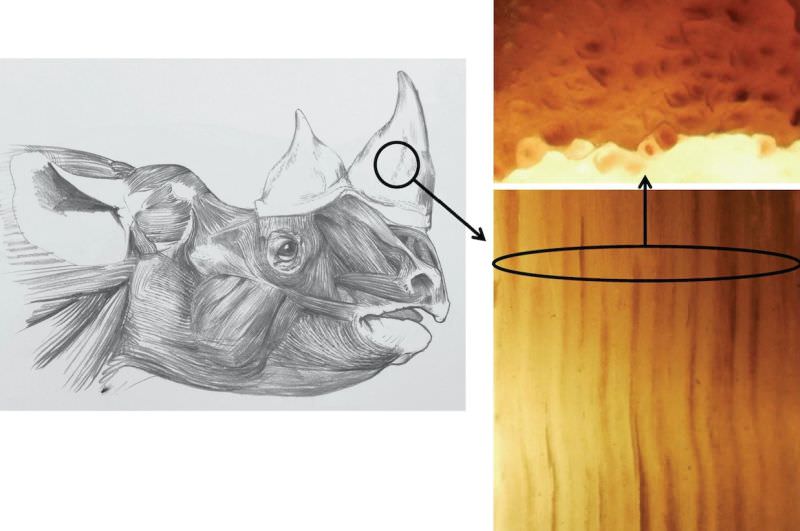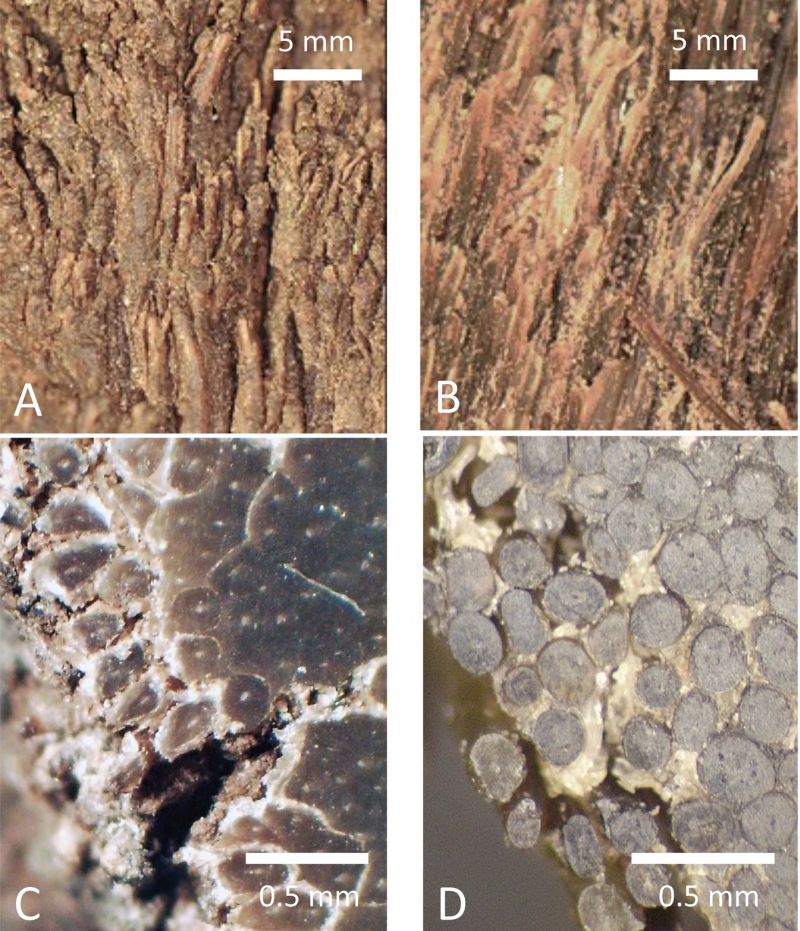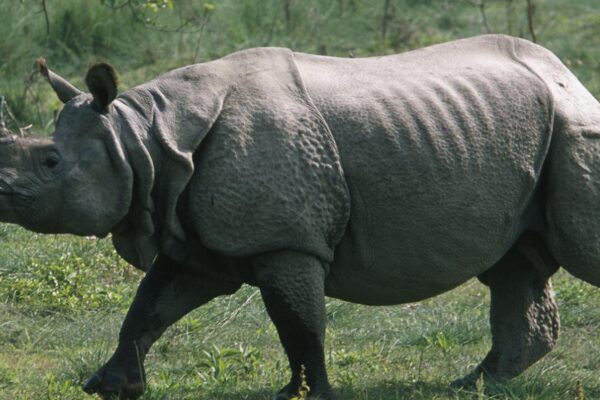Oxford University Scientists Create Fake Rhino Horn to Disrupt Poaching Market
The scientists have created a fake rhino horn – identical to the authentic rhino horn in appearance and form. This invention, the scientists believe, could be used to swamp the rhino horn market with the fake horns, creating confusion and a price drop that would make it less profitable, discouraging the poachers to source the real horns.
The high demand for the horn of rhinoceros in elite circles is driving poaching with devastating effects for the endangered species. The rhino horn can command high prices. Powdered rhino horn is a popular aphrodisiac in Chinese medicine.

Image: Save The Rhino
The horn of the rhinoceros is not exactly a horn in the scientific terms like the horn of a cow. It is a tuft of hair that grows tightly-packed and bound together by natural glue from sebaceous glands on the nose of the animal.
Researchers at Oxford University and Fudan University in China have found a way of creating fake rhino horns by bundling horsehair together in a way that mimics the real rhino horn. The research was published in the journal Scientific Reports. According to the scientists, the horse is a close cousin of rhinoceros with hair having similar dimensions to the keratin filament of a rhino horn.
The economists seem to think that if you flood the market with substitutes, the price will drop. If the price drops and the penalty of having rhino horn is still very high, then the value proposition changes for the trader.
Said Prof Fritz Vollrath, the co-author of the research at the University of Oxford.

Section of Rhino horn with the hair tubules / Image: Nature
The results demonstrate that a simple composite of horsehair with a silk fibroin matrix provides a fine biomimetic replacement for real rhino horn. The Optical and Scanning Electron microscopy showed that real and artificial material both have a similar outer appearance and inner structures.
Thermal analysis showed comparable thermal stability of both horns and the mechanical properties of both are similar as revealed in mechanical tests.

Cross-section of a real rhino horn (A,C) and an artificial horn (B,D) / Image: Nature
It appears from our investigation that it is rather easy, as well as cheap, to make a bio-inspired horn-like material that mimics the rhino’s extravagantly expensive tuft of nose hair.
The authors write.
Although this invention might help save the species from poachers, there are many risks as well. As the research clarifies that both horns are similar in inner compositions and outer structure, it would be difficult to identify between the real and fake one. The plan to ‘flood the market’ could backfire, resulting in expansion of the market and increasing the demand, which could cause more poaching for the real rhino horns.
There are chances that the artificial rhino horn would discourage the buyers. But it is still uncertain if artificial horn would really convince two of the main markets – China and Vietnam. Wild rhino horn is extensively used for traditional Chinese medicine and as a status symbol, particularly in Vietnam.
Via: Telegraph


